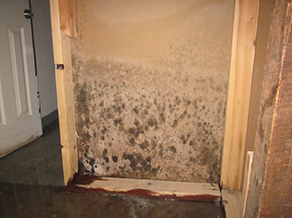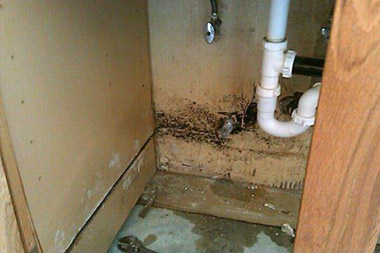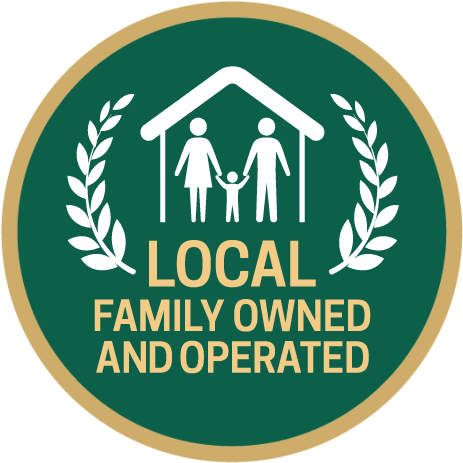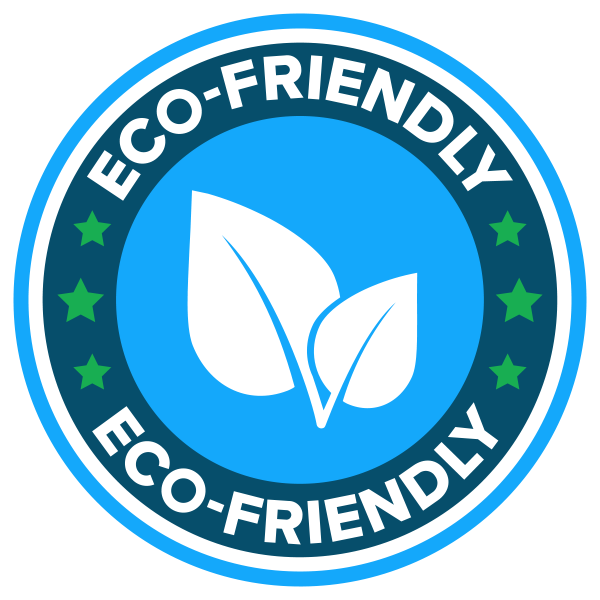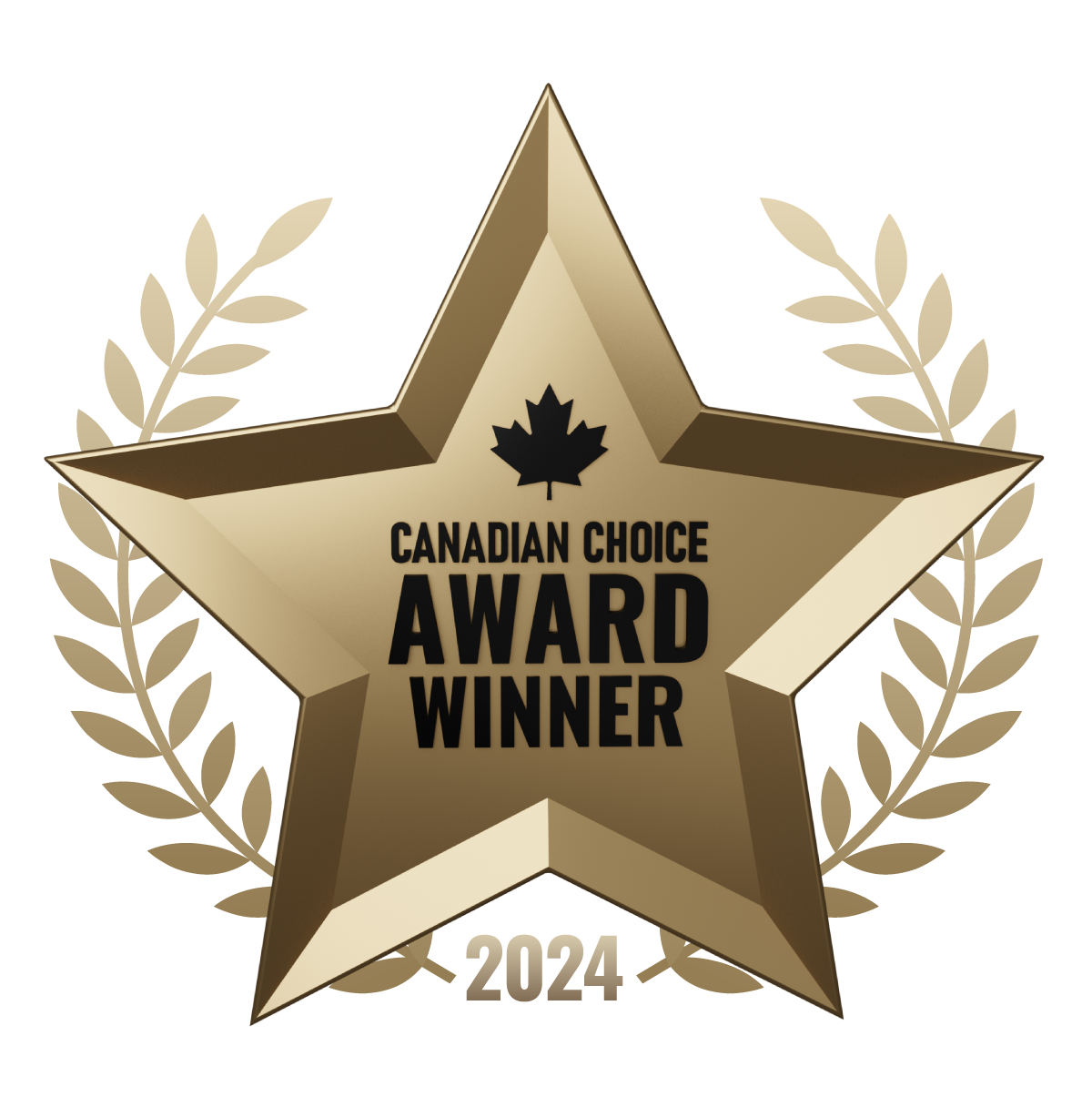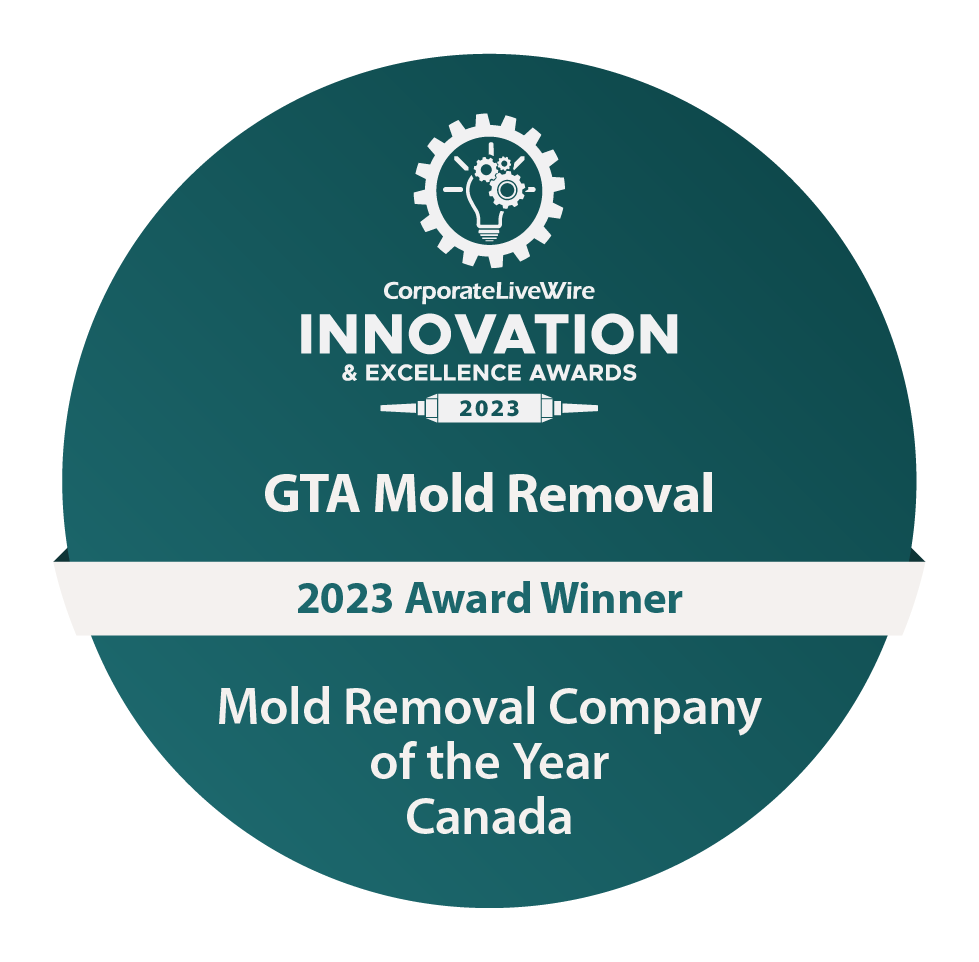Performed by licensed, certified and experienced mold remediation technicians.
What is mold?
We hear a lot in the media these days about the dangers of exposure to mold, but what is mold exactly? Mold is not a plant or an animal, but a type of fungi. We eat some types of fungi, like many kinds of mushrooms and the yeast we use to make bread rise. Some types of mold are even used to make medicine, like the type of mold that is used to make penicillin, a life-saving antibiotic. Other types of mold can be harmful to our health, however.
There are hundreds of different kinds of mold found both indoors and outdoors. Mold grows in damp, dimly-lit areas. Indoors, it can often be found in places like attics, basements, crawl spaces, and bathrooms. Mold is also common in other areas if there is a leak in the roof, leaky windows, leaky pipes, or seasonal flooding. Some molds commonly found indoors include aspergillus, chaetomium, cladosporium, penicillium, and stachybotrys (sometimes referred to as black mold, although many types of mold are black in colour). Mold thrives in areas that are moist and warm. Sometimes the mold growth can begin after an area has been wet, and it never dried completely. For example, if a basement is flooded and the carpet is never pulled up to allow the carpet and the padding to dry completely, then mold may start to grow under the carpet.
Common places for mold to grow include the bathroom, basement, or any area that may be exposed to moisture from a leak, such as under the sink, in the attic, or under a waterbed. Left untreated, mold has the potential to cause health related issues as well as serious cosmetic and structural damage to a property.
Mold Inside The House
Mold is most often found in the following areas of the house.
Attic Mold
Attics are one of the most common areas of mold growth in the home. Attics tend to have the perfect conditions for mold growth (hot, humid, and an abundant food source from the wood sheathing). Furthermore, most Mississauga homeowners don't ever go up in their attic, therefore the mold problem is allowed to grow undisturbed, sometimes for years. Attic mold can be caused by ventilation issues, improper bathroom or kitchen fan exhausts, roofing issues or roof leaks.
Basement Mold
Basements in Mississauga collect and trap moisture, and moisture is a key factor in mold growth. Mold can quickly decay organic materials such as wood, leading to structural failure. Excess moisture is the primary reason why mold grows in basements. You can have issues with basement mold after a leak from a water heater or bathroom for example, rain, as well as a flood or simply even just indoor humidity.
Bathroom Mold
Bathroom mold occurs primarily because mold loves damp, dark, isolated spaces. Typically, a bathtub, shower, or entire bathroom remains damp enough for mold growth just from showering or bathing. Common causes of bathroom mold in Mississauga include lingering moisture caused by lack of ventilation, leaky toilets, sinks, and plumbing pipes, as well as damp cellulose materials such as rugs, paper products, wood, wallpaper, grout, drywall, and fabric.
Kitchen Mold
Mold in kitchens is frequently found in dark, moist, and poorly ventilated areas, such as under the sink, in and behind cupboards, around window sills, behind appliances and kitchen furniture, on walls, and around taps or sinks. Kitchen mold is often the result of increased humidity from kitchen activities like cooking, washing dishes, or running appliances like a dishwasher or washing machine. Kitchens in Mississauga are often the location of leaking pipes and appliances, spills, and even floods. Poor ventilation in many kitchens compounds the problems caused by excess moisture and humidity.
What is Mold Related Illness?
Because mold spores are very tiny and very light, they easily become airborne. Once floating around in the air, mold spores are easily inhaled by anyone in the vicinity. It's not healthy to inhale any type of mold spores, but some types of mold actually produce toxins, known as mycotoxins, that frequently cause a variety of health problems.
Not everyone exposed to mold develops mold related illness, and some people are more susceptible than others, including the elderly, the very young, those with respiratory problems like asthma, and those with immune related disorders. Everyone, even healthy young adults, is at risk for mold related illness if you have a mold problem in your home, however. Even your pets can get sick from too much mold in the home.
Some of the illnesses caused by mold include aspergillosis, blastomycosis, histoplasmosis, coccidioidomycosis, paracoccidioidomycosis, sporotricosis, and systemic candidiasis (a yeast infection). Symptoms of mold related illness are wide-ranging and include: headaches, sore throat, difficulty breathing, wheezing, shortness of breath, a runny nose or stuffed up nose, coughing, sneezing, red, itchy, and watery eyes, asthma attacks or asthma-like symptoms in people not previously diagnosed with the disease, infections in the lungs such as pneumonia and bronchitis, chronic sinusitis (sinus infections), rashes or hives, fatigue, depression, and a depressed immune system causing you to get sick easily.
If you have mold in your home and have symptoms of mold related illness, you should see your doctor for a diagnosis and treatment. However, symptoms will likely continue, even with treatment, until all of the mold is removed from your home.
What is Mold Remediation?
Mold remediation is the process of removing mold and repairing mold-related damage in the home. It's a complicated process and must be done carefully in order to prevent further exposure to potentially harmful mold spores. Mold can be cleaned from some materials, like bathtubs and tile, and the surfaces disinfected. Some materials, though, like drywall, wood, and carpeting, are impossible to clean thoroughly and instead must be removed and replaced.
Mold remediation is challenging in part because mold can grow in so many out-of-sight places, including inside walls, under carpeting, above ceiling tiles, and inside heating and air conditioning ducts. Just locating all the mold can be difficult, and if you miss even a little bit, it will just continue to grow and spread. Soon you'll have a full-blown mold problem on your hands again.
Mold removal is also challenging because the process disperses many more mold spores into the air, increasing the risk of mold related illness. Due to safety concerns, we recommend hiring a mold remediation professional for the job, though it is possible to tackle the task yourself if you're only dealing with a small amount of mold (such as a surface area covering no more than ten square feet) and you have no pre-existing health issues that would increase the risk for you. If you're experiencing symptoms of mold related illness, you should not attempt a mold remediation job yourself, though, because you'll end up exposing yourself to more mold and making your symptoms worse.
Common Myths About Mold
Myth #1: Only messy or filthy houses have mold problems.
Mold spores are so minuscule that more than 250,000 can fit on the head of a pin. Millions of these spores travel through the air everyday and can enter almost any environment in seconds. Mold spores tend to congregate in moisture-rich environments. Moisture from water damage such as floods and leaks can get inside ceilings, walls, carpets and other household staples. This means that even the cleanest house on the block can be a breeding ground for toxic mold.
Myth #2: There is only one type of black mold, and it's very bad.
In actuality, there are a lot of molds that look black. The type of black mold that made the news years ago, associated with a lot of ill health effects, was called Stachybotrys. However, there are many other molds that look black, and are fairly common and generally not of concern.
Myth #3: Only black molds are bad. Other types shouldn't be worried about.
A lot of people aren't even aware that mold can be white, or orange, or blue, for instance. The shape, size and color of mold are dependent upon the species of mold, the nutrient source and the conditions under which it formed. The color has absolutely no bearing on whether it is dangerous or not. There are some white molds that grow on walls and other surfaces that can be just as bad as some harmful black molds.
Myth #4: Bleach removes mold.
Bleach is generally not recommended as a fungicide (mold killer). It works by dousing the mold in toxic levels of a chemical. The problem is twofold: not only are humans just as susceptible to bleach's damaging properties, but the bleach is generally a water-based solution. In the long run, this often means that water penetrates the surface, giving moisture to the roots of the mold, which happily begins to grow again. In the case of small patches of mold, ordinary household detergent will suffice. It is important to make sure that the area dries quickly (ideally within 24-48 hours) so that any small bits (too small to see with the naked eye) of mold left over don't get the chance to start growing again. However, just removing the mold without fixing the water problem will usually result in the mold coming back. Also, mold can grow behind walls in addition to just on them, so it is important to determine whether you've only dealt with a portion of the mold, or the whole thing.
Myth #5: I can just paint over the mold to seal it up.
Actually, mold can eat the paint. Many people attempt to paint over mold only to discover that in a few months the mold has either poked its way through the paint, or the paint has started peeling off. The mold really has to be removed before painting can be done, even if you're using "mold-resistant" paint.
Myth #6: Mold and mildew are totally different things.
Mildew is mold. It's a word that is used generally to refer to a few specific types of molds, but it's still all mold.
Myth #7: Once a house has been treated for mold contamination, it is impossible to maintain its value.
The difference between a home that loses value because of mold contamination and one that doesn't depends on the remediation approach. Mold spores are airborne particles. While they may congregate on moist surfaces, the particles in the air remain there if theyre not treated. Any remediation approach that fails to decontaminate an entire structure simply fails altogether. If an effective and conclusive remediation plan is implemented, as well as proper moisture maintenance is employed post-remediation, you and everyone else concerned can breath easy because your home's indoor air quality is clean and free of toxic mold.
Indications You May Have a Mold Problem
If you have a mold problem, you will most likely be able to smell it. Any musty or earthy odor is probably an indication that mold is growing somewhere in the building. Occasionally, you will see discolored smudges and/or blotches that look like mold and sometimes you may see actually mold.
In some cases, indoor mold growth may not be obvious. It is possible that mold may be growing on hidden surfaces, such as the backside of dry wall, wallpaper, or paneling, the top of ceiling tiles, the underside of carpets and pads, etc. Possible locations of hidden mold can include pipe chases and utility tunnels (with leaking or condensing pipes), walls behind furniture (where condensation forms), condensate drain pans inside air handling units, porous thermal or acoustic liners inside ductwork, or roof materials above ceiling tiles (due to roof leaks or insufficient insulation).
Some building materials, such as dry wall with vinyl wallpaper over it or wood paneling, may act as vapor barriers, trapping moisture underneath their surfaces and thereby providing a moist environment where mold can grow. You may suspect hidden mold if a building smells moldy, but you cannot see the source, or if you know there has been water damage and building occupants are reporting health problems. Investigating hidden mold problems may be difficult and will require caution when the investigation involves disturbing potential sites of mold growth. For example, removal of wallpaper can lead to a massive release of spores from mold growing on the underside of the paper. If you discover hidden mold, you should revise your remediation plan to account for the total area affected by mold growth.
You should be concerned about the growth of mold if your home has had any of the following: a flood, a sewer back-up, an overflowing toilet, leaking pipes, a leaking roof, leaking windows, condensation on windows, malfunctioning appliances, humidifiers, any other serious water-related problems. Some of these situations can result in the growth of bacteria, which also can cause musty odors and health problems. Once materials become wet, mold can begin to grow within 24 to 48 hours. If your home experiences a water-related problem, clean and dry any wet or damp areas as soon as you find them. If you live in a rental property, immediately report water problems to your landlord.
The earlier you can detect the growth of mold in your home, the better a chance you have to control it. Early detection and treatment are very important. If you smell a musty odor in your house, start looking for the source immediately and remove it as soon as you find it. Prevention and early detection may save you from paying much greater cleanup and repair expenses later on. If you own your home, damage from mold and the cost of removing mold might not be covered by your homeowner insurance. (Read your policy or call your insurance agent to find out).
Common types of mold
There are over 100,000 different types of mold. Not all types of mold are a threat, however. Some types of mold are fairly benign, and some even have medicinal uses. For example, Penicillium is used in the production of penicillin, an antibiotic commonly prescribed to cure strep throat, bronchitis and other forms of infection. The problem with there being so many species of mold is that differentiating toxic molds from household molds is nearly impossible for an untrained individual. If you discover mold growth in your home, you should call a professional mold removal company to inspect the area and determine if your home requires treatment. There are many different mold types that can be found in homes and different health problems can occur depending on the type of mold to which you are exposed. While there are more than one hundred different kinds of mold sometimes found in homes, here we'll discuss a few of the most common.
Acremonium
This mold is commonly found in soil and on dead plant material. Indoors it grows on wet building materials like drywall ceiling tiles and building paper. Acremonium should be considered allergenic and maybe a pathogen for immunocompromised individuals.
Alternaria
Commonly found in outdoor air, on many kinds of plants and foodstuffs and prefers rotting farmland manure. It may be resistant to fungicides. Alternaria is considered an occasional contaminant of water-damaged building materials that contain cellulose. Although Alternaria is a notable source of fungal allergy, pathogenic infections are also reported infrequently.
AspergillusThere are a wide variety of species of Aspergillus. Some are considered opportunistic pathogens and may cause pulmonary infections. Some members also produce mycotoxins and have been implicated in causing allergic reactions and hypersensitivity pneumonitis. Aspergillus type organisms are some of the first fungi to grow on water-damaged materials and are frequently found in water-damaged structures. Although they are commonly found in the outdoor environment, the outdoor frequency is generally considered low.
AureobasidiumThis yeast-like fungus is commonly found on caulk or damp window frames in bathrooms. Aureobasidium may be pink or black in color. Although it seldom causes infections, it can be allergenic. This is one type of mold that is a type of mildew. It will grow in cooler climates and along with Cladosporium is commonly found growing on siding.
BacillusSurvives in soil. A gram-positive rod is part of a large family of organisms that are for the most part non-pathogenic for man.
BasidiosporesFrequently associated with dry rot, Basidiomycetes are primarily mushrooms, toadstools, puffballs, rusts and smuts. High levels of these spores can contribute to allergies in indoor environments. Poria incrassata is a particularly destructive fungal organism that falls into this classification. Poria has resulted in the collapse of severely infested buildings.
BotrytisMost commonly associated with plants, Botrytis can cause allergic asthma after indoor exposure. High levels are likely to be found in greenhouses or other indoor areas with high humidity and large numbers of plants.
Ceratocystis/OphiostomaThis is a very common plant pathogen that is frequently found on lumber in lumber yards and is built into most homes. It has not been well studied and has not been reported to be pathogenic or a producer of mycotoxins or allergens.
ChaetomiumCommonly found on deteriorating wood products, Chaetomium frequently emits a musty odor and is frequently found on water-damaged drywall. Its health effects have not been well studied, however, some rare compounds have on occasion been identified as mutagenic.
CladosporiumCladosporium is the genera most frequently encountered in both outdoor and indoor air. It is frequently found in elevated levels in water-damaged environments. Some species may be resistant to certain types of treated lumber.
EpicoccumA secondary invader of plant materials, Epicoccum can grow at higher temperatures than many fungi, allowing it to be a human skin pathogen. Colonies produce a wide variety of colors depending on the food source. Although it may be isolated from water damaged building materials, it is generally thought of as a typical outdoor organism.
FusariumFound in soils and on plants worldwide, Fusarium can invade corn and barley and produce toxins at lower temperatures than many fungi. Fusarium has affected water-damaged carpets and a variety of other building materials and can cause infection in immunocompromised individuals. Its spores are typically slimy and may be difficult to isolated from air samples. It has also been implicated in the exacerbation of allergies and asthma and may produce mycotoxins.
Gram-Negative RodsGroup of bacteria commonly found in standing water or water-saturated structures. Most are opportunistic pathogens. Many species release endotoxins that can cause headaches and allergic-type reactions.
MucorThis mold is found worldwide and is frequently present in air samples. Mucor commonly grows on dung and moist hay. It is fast-growing opportunistic and may cause rare infections in immunocompromised individuals. It is considered a mild allergen.
PenicilliumPenicillium species are common contaminants on various substances. This organism causes food spoilage, colonizes leather objects and is an indicator organism for dampness indoors. Some species are known to produce mycotoxins. The health of occupants may be adversely affected in an environment that has an amplification of Penicillium. Penicillium is one of the first fungi to grow on water-damaged materials and has been implicated in causing allergic reactions and hypersensitivity pneumonitis. It commonly produces a strong musty odor.
PithomycesFound in decaying wood, soil, and plant material, Pithomyces is not known to cause infections or major health problems in humans. It has been found growing on paper but is not commonly found growing indoors.
RhizopusFrequently found in house dust, soil, fruits, nuts, and seeds, Rhizopus often grows in fruit and vegetable garbage, or in forgotten leftover food. Exposure to large numbers of Rhizopus spores has reportedly caused respiratory complications. Rhizopus can be an allergen and opportunistic pathogen for immunocompromised individuals, especially those with diabetic ketoacidosis, malnutrition, or severe burns.
ScopulariopsisA common contaminant that can cause toenail infections.
SepedomiumA common soil contaminant. Non-pathogenic to humans.
Stachybotrys ChartarumStachybotrys grows well on extremely wet building materials containing cellulose that have remained wet for more than a week. It produces mycotoxins that can irritate skin and mucous membranes. One potent mycotoxin produced by Stachybotrys is called satratoxin; it is also toxic when inhaled. Extreme care should be taken when this organism is amplified indoors.
StaphylococciOpportunistic pathogen. It can survive and grow in nasal secretions and on skin. It produces many toxins that contribute to pathogenicity. Coagulase positive are considered potentially pathogenic.
Sterile MycelliumFungi that are not mature enough for speciation.
StreptomycesGenerally non-pathogenic. Some species can cause infections in humans. It also produces potentially harmful mycotoxins. Odor characteristic of freshly tilled soil. Important in the pharmaceutical industry.
TrichodermaOne of the most widespread soil fungi, Trichoderma grows in carpet, on unglazed ceramics, and on paper in damp homes. Some species produce metabolites related to trichothecenes, which can be toxic and may cause symptoms like those associated with Stachybotrys chartarum. It is also an allergen and may infect immunocompromised individuals.
UlocladiumIsolated from soil, wood, and decaying plant material, Ulocladium grows on very wet walls and particleboard. Because of its high water requirements, it is considered an excellent indicator of water damage. This genus is allergenic, contributing to the allergy load especially in those with Alternaria allergy.
WallemiaFound worldwide in house dust, air samples, dry foodstuffs and soil. Wallemia attacks materials with low water activity is an allergen and may produce mycotoxins. It is known to grow on materials with high salt content.
YeastCommon in moist habitats and often able to grow at reduced oxygen levels. This organism can cause allergies and can be an opportunistic pathogen.
Mold Removal in Mississauga
Because certain areas of Mississauga are prone to flooding during prolonged periods of heavy rainfall, some Mississauga homeowners, tenants and property managers must deal with serious post-flood mold problems every few years. Mold is not an issue to be taken lightly. Left untreated, mold has the potential to cause health related issues as well as cosmetic and structural damage to a property. Call us today to schedule your free no-obligation in-home mold damage assessment and quote in Mississauga.
Facts About Mississauga
- Mississauga is an Ojibwa word meaning "River of the North of Many Mouths".
- Mississauga has a population of nearly 800,000 residents.
- Mississauga is part of the Greater Toronto Area and is located just west of the City of Toronto.
- Mississauga has an area of 111 square miles (288 km2); 71,040 acres (28,750 ha).
- Toronto Pearson International Airport is located in Mississauga. It is Canada's busiest airport, among the top 30 in the world.
- Mississauga is home to campuses of the University of Toronto, Sheridan College, Mohawk College and Algonquin College.
- Mississauga features 500 parks and 400 km of bike trails.
- Hazel McCallion (1921-2023) was mayor of Mississauga for 36 years (from 1978 until her retirement in 2014), making her the longest-serving mayor in the city's history.
- 52% of the population of Mississauga speaks a language other than English.
- The Raptors 905 basketball team (the first NBA Development League team in Canada) is located in Mississauga and plays their home games at the Paramount Fine Foods Centre in Mississauga.
Proudly Serving Your Neighbourhood
Applewood, Central Erin Mills, Churchill Meadows, Clarkson, Cooksville, Creditview, East Credit, Erindale, Erin Mills, Fairview, Hurontario, Lakeview, Lisgar, Lorne Park, Malton, Meadowvale, Meadowvale Village, Mineola, Mississauga Centre, Mississauga Valleys, Port Credit, Rathwood, Sheridan and Streetsville.
Mississauga Related Links





